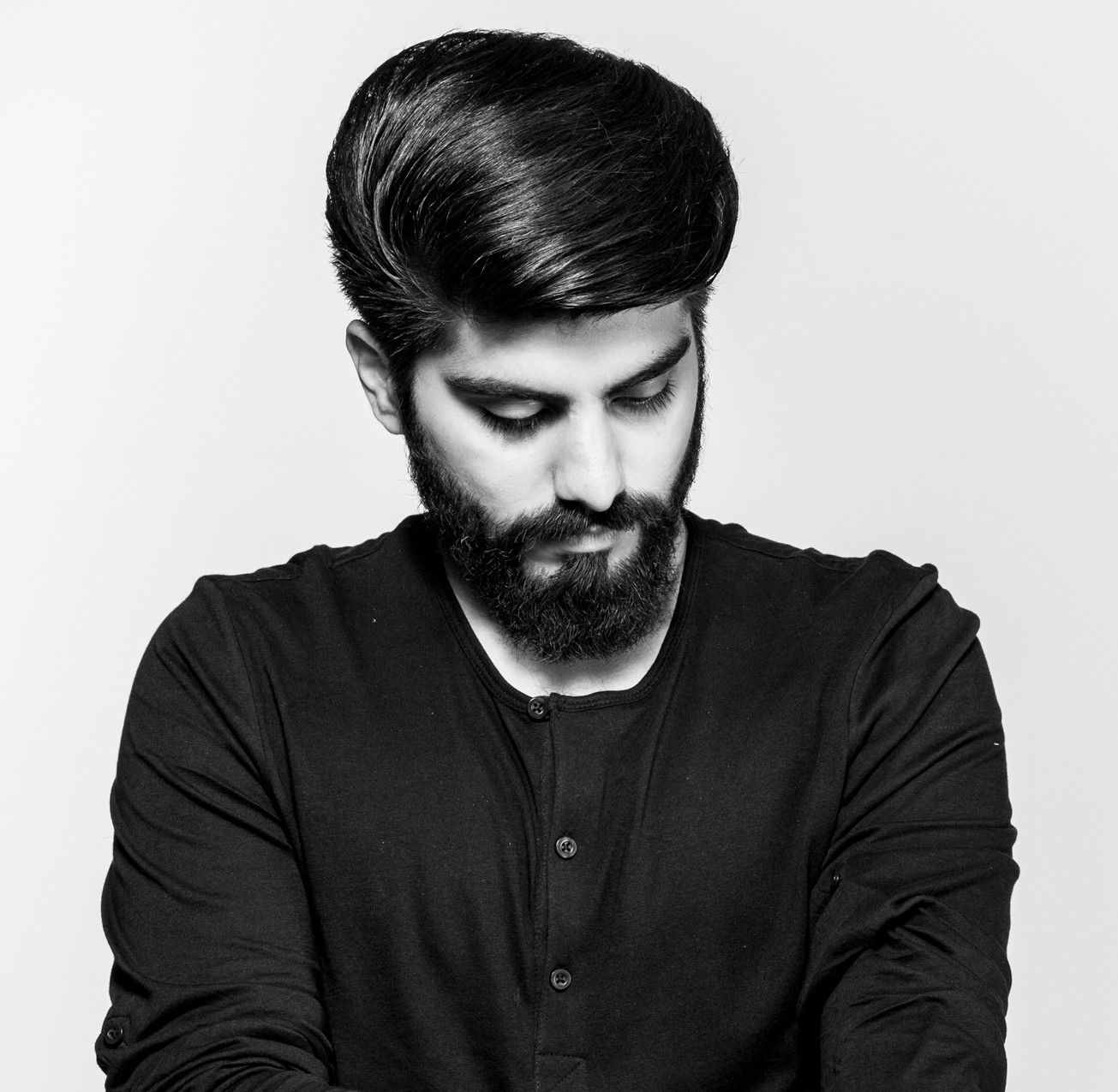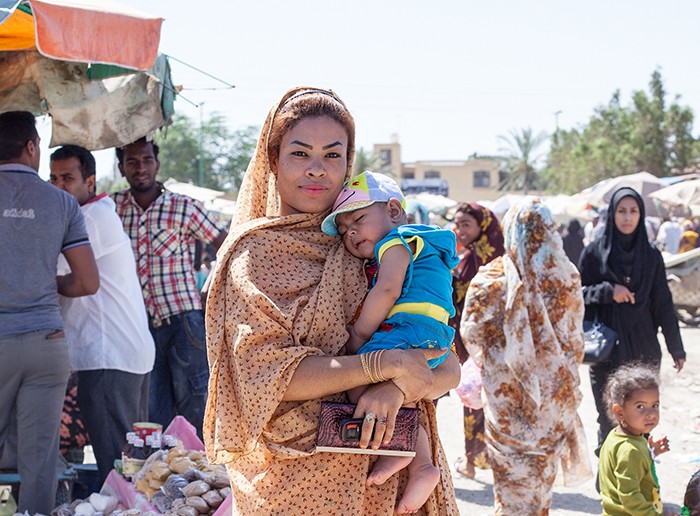Have you heard of Mahdi Ehsaei? You soon will. His first book ‘Afro-Iran’ has already begun to make waves even before its release. BRIC Plus sat down with the pioneering photographer who is determined to shine a spotlight on the fascinating but often overlooked Afro-Iranian community.
 Mahdi Ehsaei, what led you to the Afro-Iranian community?
Mahdi Ehsaei, what led you to the Afro-Iranian community?
There are two main reasons that led to my awareness of Iranians of African descent. One of these occasions was through Nowruz (Iranian New Year), where people are entertained by a red-robed herald named Haji Firuz, who symbolises the new year. Haji Firuz amuses the crowd and brings a smile to people’s faces, spreading good wishes and vibes for the coming year. These wishes are addressed to his master, whom he encourages to remain hopeful and happy. The main characteristic of this famous Iranian figure is his blackened face. It is thought that the happiness expressed by Haji Firuz is symbolic of the termination of slavery in Iran, which took place in 1928.
The second reason was based on personal experience. Many years ago, I was on summer vacation with my family and friends in Iran. We went to Shiraz to watch a football match, and it is here that I first saw an Afro-Iranian man. He also happened to be a fan of the rival team, Aliminium Hormozgan FC, and lead the crowd in rhythmic chants. Ever the documentarian, I decided to capture this moment on video.
After this, I not only became aware of the term ‘African-Iranians’, but also the experiences of the members of this community. It was these two experiences that led me take a closer took – and it surprised me immensely. I became immersed in a rich and fascinating portrait of Iranian culture. This is what I want to pass on with my photography.
What was it about Afro-Iranians that inspired you to document their everyday lives?
I have always been aware of Iran’s diverse population. As a naturally inquisitive person, there were many points in my life where I sought to know more about dark-skinned Iranians. I never thought that the history of Afro-Iranian people would stretch back hundreds of years. I was not the only one. Many Iranians I spoke to didn’t even know that black Iranians have lived in our country for centuries. It was very difficult for me to find any books or information about this community.
As I continued my research, I realised that this was an injustice. The history behind these people is so profound that it demands a global platform, and it must be seen. Unfortunately, in both Iran and the wider world, this community is still relatively unknown. This made me determined to use my knowledge to open up the world’s eyes to this fascinating community. I decided to embark on this project, a book to show fascinating portraits of an Iran that the world has not been privy to. I wanted to do something unlike anything that has been done before, and ‘Afro-Iranian’ is just that. In my book, a photo series documents the vast, centuries-old history of the Afro-Iranian people, which although has been long overlooked, had a profound impact on the culture of Southern Iran.
How did the community receive you? Did you face any creative difficulties?
At the beginning, I was very cautious with how I approached people. Taking photos of Iranian subjects is vastly different to taking them in the West. Initially, I didn’t take any pictures. I simply took the time to get to know the people and the places, letting my emotions guide me as I immersed myself into their world. After about a week, I made friends with some locals from Bandar Abbas, and through them I learned how to approach the people. This diverse city inspired me greatly, and showed my a side to Iran which I had never before seen, despite my extensive travels throughout the country.
Of course, I experienced a few creative difficulties. Some of the subjects I wished to photograph, particularly women, did not allow me to portray them. Others were surprised that I wanted to photograph subjects at the beach, and why I found that interesting. But these are universal. If you go to a beach in Europe and ask for permission to portray someone, you would get the same reaction. Some don’t like to be photographed, some do, and some simply don’t care. It is the same in Iran.
Why was my project a success? Simply, the subjects trusted me. I explained the aims of my project and my intentions, that I wanted to capture and present the diverse people from southern Iran in my portraits. They were surprised to meet a German who wanted to portray them with such motivation and enthusiasm! My strong friendship with locals afforded me the honour of attending the exorcism ceremony Zar, a key part of Afro-Iranian rituals.
How has the project been received so far?
The feedback has been overwhelming and I had no idea that the project could become viral in such a short period of time. So many people in the last few weeks have asked how they can buy the Afro-Iranian book, and I have been receiving inquiries and demands from renowned media and institutions around the globe. ‘Afro-Iran’ has created so many opportunities for me. Alongside the book, I’ve also been asked to exhibit my photographic series in several countries.
What’s next for your photography?
Right now I’m working on my book, which will be published in Germany by the highly-regarded publisher ‘Kehler Verlag’ in September. They are highly-regarded in fine art photography, and will help to promote the book around the world. I am very excited about the book, especially with the enormous demand and positive feedback that I have received. My next photography project will also be Iran related. For the next weeks my book and the upcoming exhibitions will certainly keep me occupied.

Mahdi Ehsaei is a photographer and graduate of the Faculty of Design at the University of Applied Sciences in Darmstadt, Germany. Born in Germany to Iranian parents, Mahdi’s German upbringing was infused with the strong influence of Persian culture and tradition, fuelling his ever-growing interest in Iran. His book, ‘Afro-Iran’ will be released in September, and is available to purchase here.











